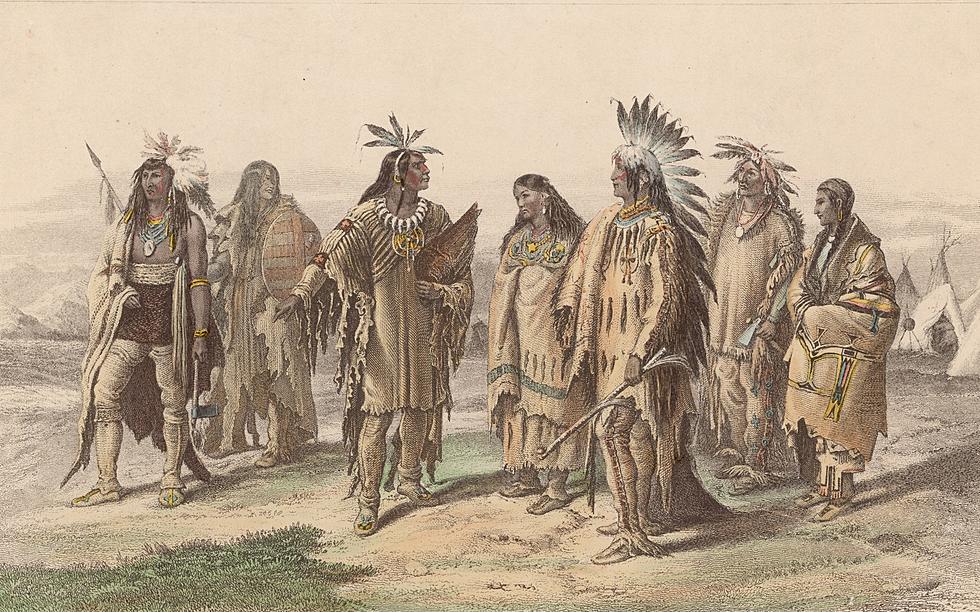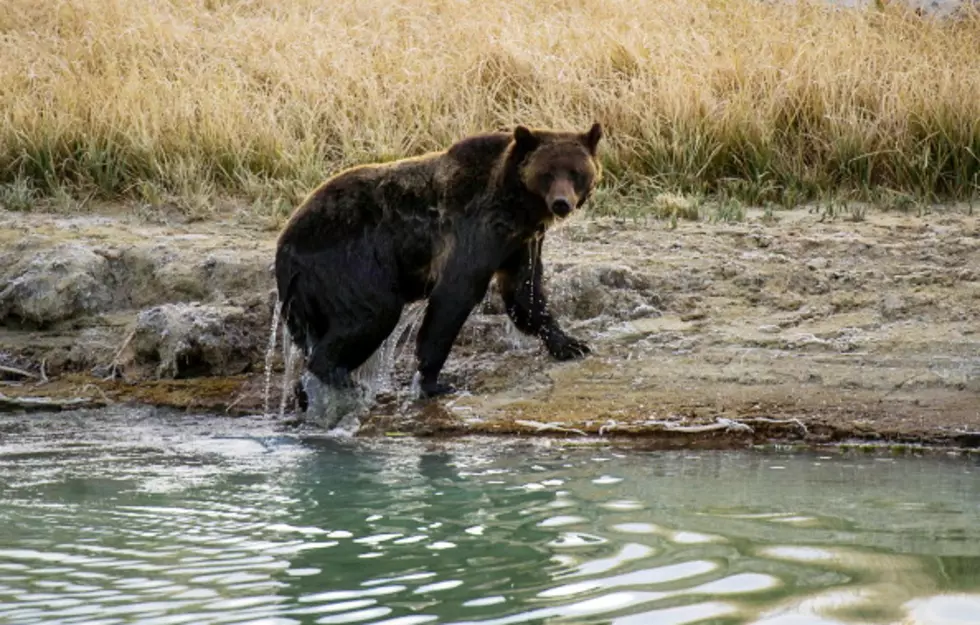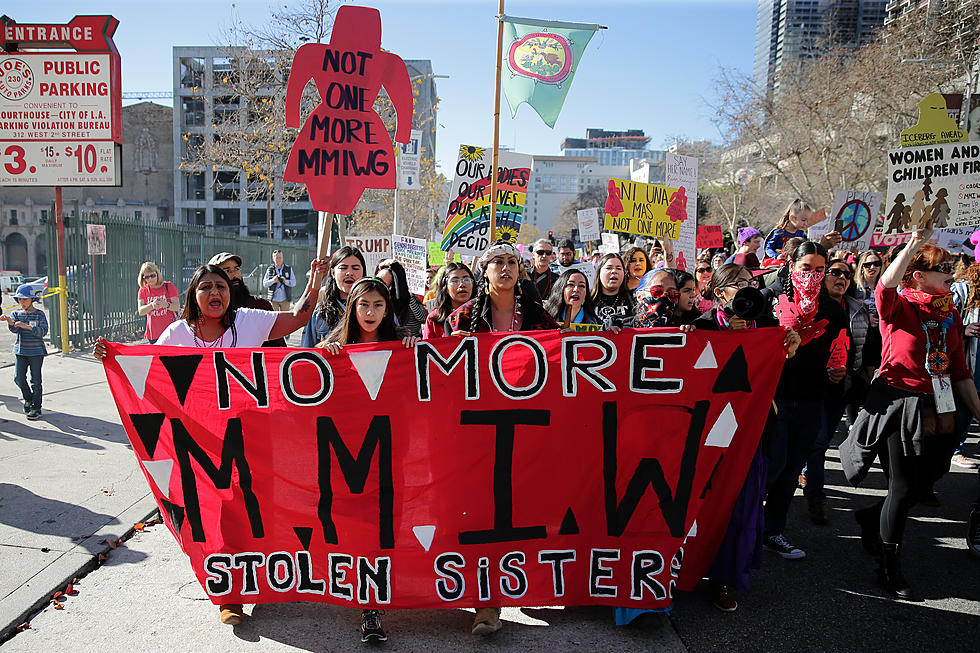
What Indian Nations Occupied Wyoming Before The White Man?
Before the white man arrived there were many tribes in what we now call Wyoming.
Unlike other Indian tribes across North America, the Planes Indians lived in tepees and were nomadic. Other tribes across the continent built towns and homes from various materials.
The tribes of the planes were the Arapaho, Arikara, Bannock, Blackfeet, Cheyenne, Crow, Gros Ventre, Kiowa, Nez Perce, Sheep Eater, Sioux, Shoshone, and Ute tribes.
They did not live in peace with each other all of the time.
Wars were constantly being fought over land as tribes competed for power and natural resources.
We can look at maps of what land Indian nations controlled. But that mape changed a lot over time as wars were fought.
So a typical map, that you see above, would have changed a lot over time.
The name "Wyoming" comes from an Algonquian Indian word. The name of our state is an English corruption of the Lenape word Chwewamink, which means "by the big river flat." But the Lenape never lived in what we now call Wyoming. They were from Pennsylvania.
The 5 major Native American tribes of Wyoming include the Arapaho, the Cheyenne, the Crow, the Shoshone, and the Ute.
The five mentioned here were the major tribes of Wyoming. But many others came and went through the state.
Bannock Indians
The Bannock moved into western Wyoming when following the buffalo.
Comanche Indians
They were once part of the Shoshoni. The Comanche moved across the territory in Wyoming and then later moved south.
Dakota Indians
The Dakota Indians were usually in Wyoming when hunting. War parties reached Wyoming, as well. But the tribe never had a home presence in the area we now call Wyoming. In 1876, they participated with the Northern Arapaho and Northern Cheyenne in the cession of the northeastern territory of Wyoming.
Kiowa Indians
They lived in and near the Black Hills for a while before moving south.
Kiowa Apache moved in close conjunction with the Kiowa.
Pawnee Indians
This group passed through Wyoming as hunters but never stayed.
Of these 11 tribes, only two remain today, the Shoshone and Arapaho, who now live on the Wind River Reservation.
THE HISTORY & REBIRTH OF CHUGWATER WYOMING
The Largest Gun, Saddle & Oddity Museum In Wyoming
More From Wake Up Wyoming









